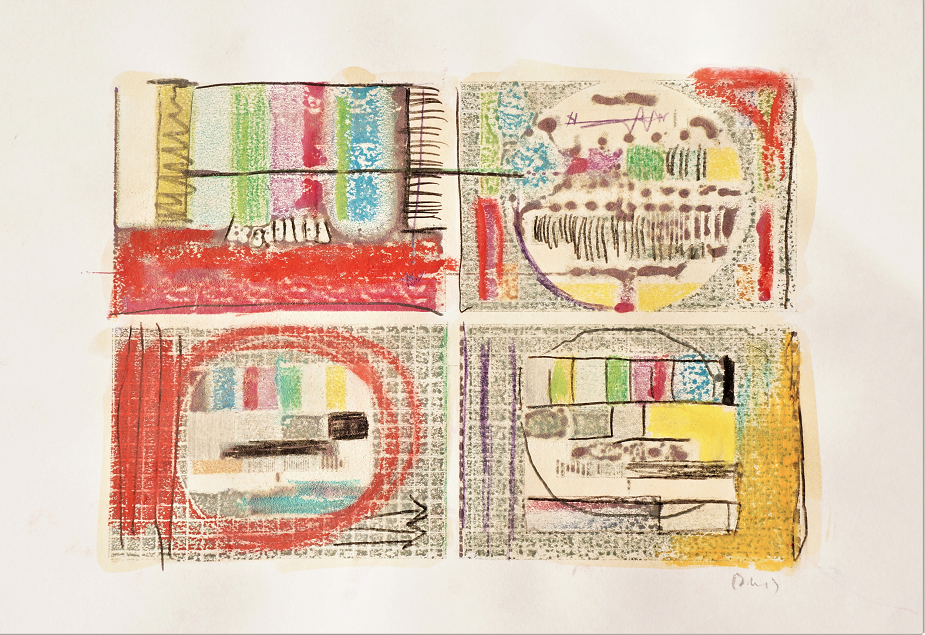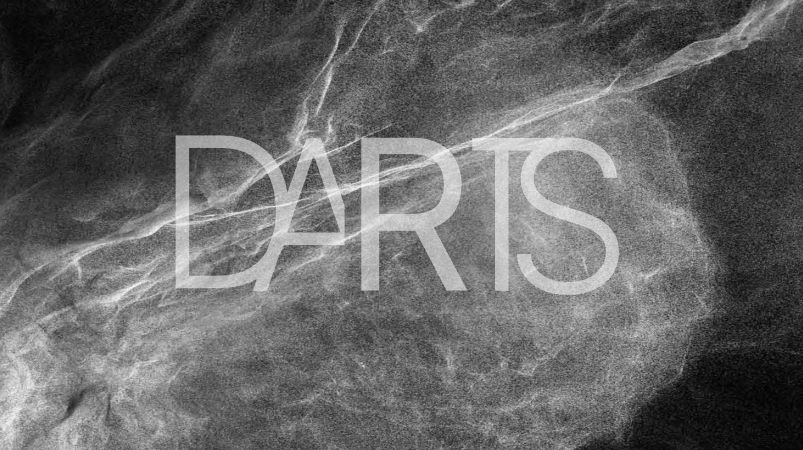Prácticas divergentes de preservación del arte de los medios. Recordar y olvidar en la cultura digital
This February, 2019, Vanina Hofman publishes Prácticas divergentes de preservación del arte de los medios. Recordar y olvidar en la cultura digital (Editorial Prometeo, Buenos Aires), INVESTIGA CULTURA Award from […]




